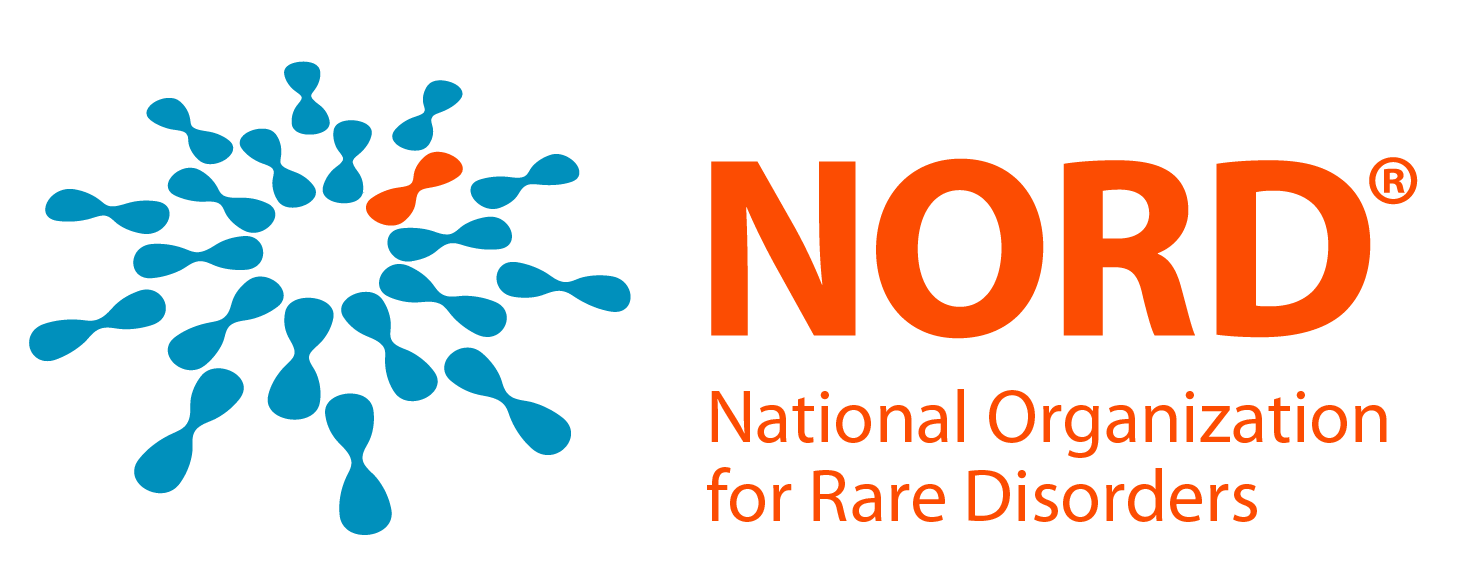Two weeks ago, as my flight landed in Boston, I stepped outside of the plane with a long tube in my arm, inside of which was a very special poster. It was the poster about a project I had completed with NORD. I was about to present this poster at the 2012 National Society of Genetic Counselors’ (NSGC) Annual Educational Conference in Boston.
I am a new genetic counselor in Toronto, Canada. During my graduate training last year at Sarah Lawrence College, NY, I had the opportunity to work with NORD to develop a high school curriculum supplement for Rare Disease Day 2012 as my Master’s thesis project. High school biology and health teachers around the country can download our curriculum for free on the Rare Disease Day website (www.rarediseaseday.us). Our materials allow teachers to teach the topic of rare diseases in one single period or for as long as a week.
Our project started with surveying individuals with rare diseases, their family members, healthcare providers, researchers, and patient advocates to determine the most important challenges faced by the rare disease community. From the results of this survey and extensive research, we developed the content of the curriculum, which included an introduction to rare diseases, scientific background on various rare diseases, stories about the lives of individuals who have rare diseases, and the related ethical, legal, and social issues. As I write, the curriculum is available for download all year round, and high school teachers can choose to incorporate it to their teaching schedule any time of the year.
After the project was completed, the abstract I wrote about my experience working on this project and the other details of the curriculum was accepted as a poster presentation at the NSGC 2012 annual conference. The most exciting part about presenting the poster at the conference was that many individuals stopped by to read it and ask questions. Among them were genetic counselors who have done outreach projects in their own community and genetic counseling students who have an interest in genetic diseases outreach. Many individuals commented the “train the trainer” type of model we used, where we educated the high school teachers through written materials and asked the teachers to pass on what they learned about rare disease to their student in their classrooms, was smart and effective.
Many people at the conference also asked me how I became involved with this project. I would then happily tell the story of how everything started a year and a half ago, also at a conference. I was genetic counseling student then. As I walked down the exhibit hall of the Genetic Diseases of Children conference in New York city, I saw the booth of NORD. The description of NORD as “an umbrella organization” caught my attention. I had learned about the different genetic diseases in classrooms: everything from metabolic disorders, to birth defects, to cancer predisposition syndromes, just to name a few. I knew one thing these conditions all have in common is that they are all very rare and few people outside of the genetics field has heard about them. I thought what a great idea it is to have a single advocacy group that can represent and unite all of these rare conditions!
In my curiosity, I went up to talk to the representative at NORD’s booth. I didn’t know then I would be talking to a vice president of NORD, Mary Cobb. Neither did I have any idea of what would happen following that conversation. From what I heard about NORD by talking to Mary, I became very interested in learning more about this organization or even working with NORD. I asked if there’s any opportunity to do my Master’s thesis project with NORD. Mary and I stayed in touch after the conference. In 2 months’ time, I visited NORD’s office in Danbury, CT and met Marsha Lanes, NORD’s genetic counselor, who later would become my mentor in the project. With the help of many individuals from NORD and the rare disease community, the idea to develop this high school curriculum came forth and was materialized.
As I reflected on my experience working with NORD, I felt incredibly grateful of all the support I have received throughout my project. I never felt I was without guidance or direction at any point, but neither did I ever feel I was restricted or not given the freedom to implement my own ideas. I am grateful to Marsha Lanes, Mary Cobb, Mary Dunkle, and Tai Spargo, as well as many other individuals from NORD who were involved with the project. I’d like to thank my advisor from Sarah Lawrence College, Caroline Lieber, as well as all the high school teachers, students, and parents who helped review the curriculum. My appreciation extends to the 600 high school students and their teachers around the country who used our curriculum in their classrooms. Lastly, I am extremely thankful for the over 700 individuals in the rare disease community who have completed my survey. You, the reader of my article, may be one of them – so thank you!





